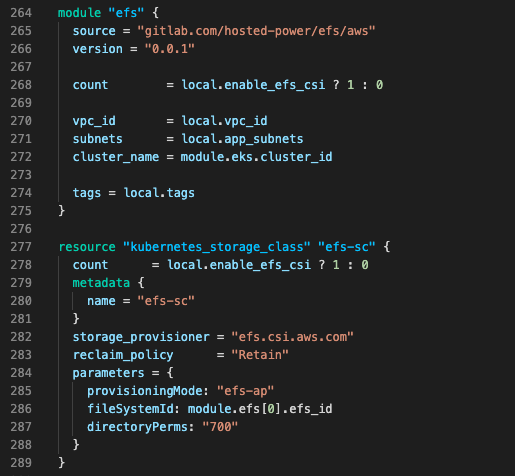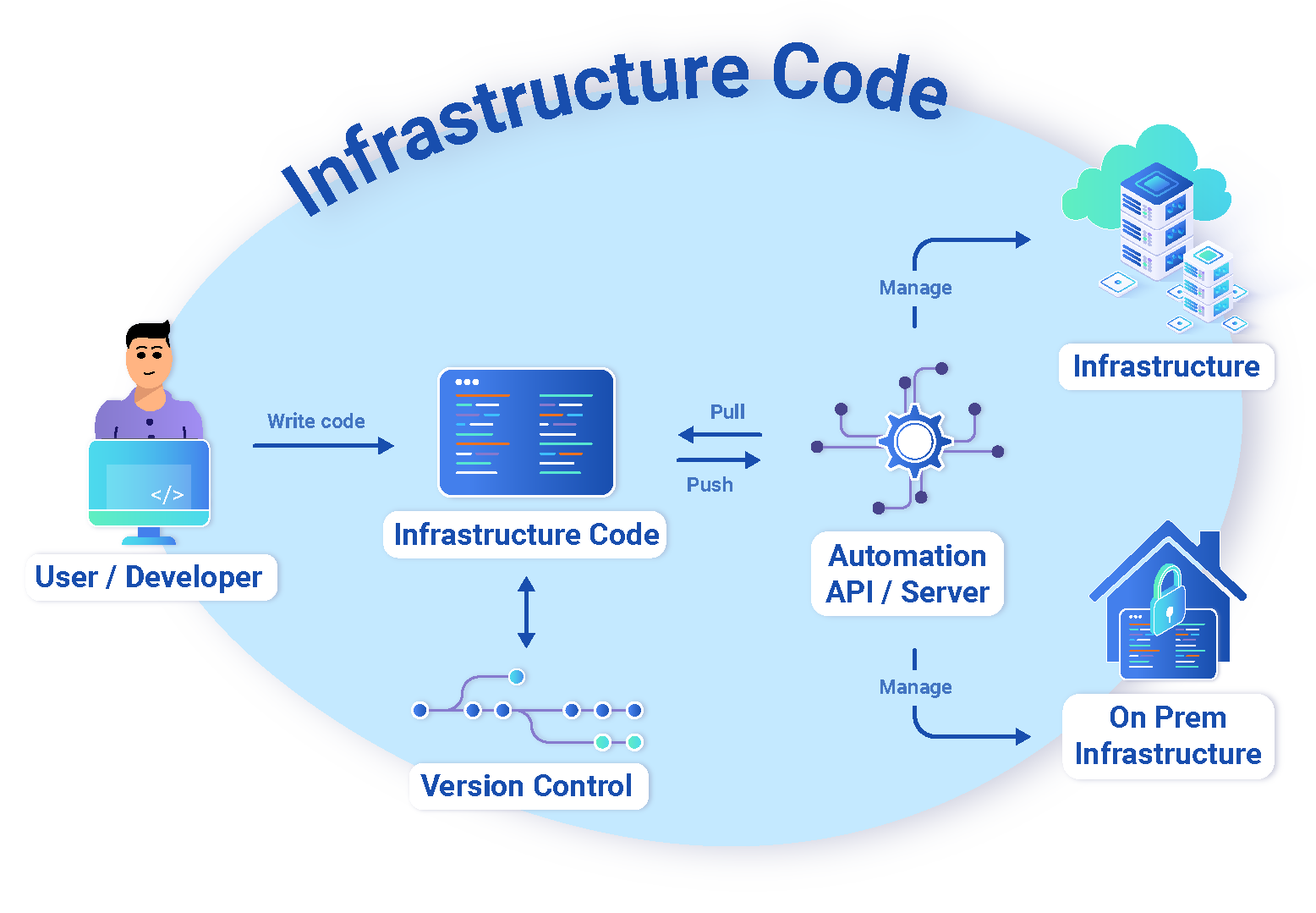Do you use Infrastructure as Code?
Nowadays, more and more companies innovate in data and software development. At Hosted Power we welcome this evolution and we innovate along, starting from the infrastructure. For example, we constantly ask ourselves what software developers and data experts are looking for. We are convinced that if we answer these questions correctly, we will also be able to achieve close collaborations between these roles.
By opening up, we learn to speak each other's language more and more and our quality and performance will become more and more intertwined with your data and software.
The boundary between infrastructure (operations) and applications has been fading for years, although to date they are still two separate worlds. Companies that actively invest in innovation put effort into growing Dev (software) and Ops (infrastructure) teams together. Not that DevOps is a new term, but the technologies to strengthen this link between the two worlds and, in time, even make them fade away, are evolving at a rapid pace.
A good example is that since infrastructure virtualization has become the standard, infrastructure has actually become programmable. In other words: infrastructure as a code.

What is infrastructure as a code?
Every business depends on software, and this software in turn depends on IT infrastructure. You can see this infrastructure in the broad sense of the word. This is how it concerns networks, servers, storage, permissions and security; the whole spectrum.
Software is made with code. Hardware nowadays usually and often runs virtually in the cloud. This combination opens doors. You can start programming your infrastructure.
Infrastructure as a Code (IaC) or loosely translated "programmable infrastructure" means defining and managing infrastructure through code. Such an infrastructure is described as objects with properties. These objects are often described in YAML, XML or JSON, and there is often support to do this in your favorite programming language, such as Python.
These "objects" are then released on an environment and the state is synchronized. This is how IT components are created, updated or deleted. You actually program what you want and synchronize it to the cloud environment, for example our Hosted Power cloud, AWS or Azure.
AWS has components called "IaC provisioning service" which contain AWS frameworks. Well known as SAM and AWS CDK. Both frameworks output in Cloudformation, which actually creates a CloudStack within an AWS account. You can then perform certain actions per stack.
Imperative or declarative?
To understand the principles of IaC, it is important to understand the difference between imperative and declarative. With an imperative style you proceed step by step and declarative only records your final state, without recording the steps from point A to point B.
A declarative style is particularly useful if you have an DTAP* environment. After all, you like to have the same infrastructure for test runs, so that your software behaves the same. If you had to describe each step per environment, errors are bound to creep in, which is time-consuming.
* DTAP : development, testing, accepting and production
Mutable or immutable?
A few more terms that are important when you are working with IaC. Mutable and immutable.
Mutable actually means that you work more classically when handling your infrastructure. Several people can make changes and therefore also make mistakes. Issues require research, which can cost a lot of money.
Immutable infrastructure is "immovable" and cannot actually adapt. This sounds restrictive, but it isn't. You run software version 1 and software version 2 simultaneously, test where necessary, you stop using software version 1 and start using version 2. Immatable infrastructure has security advantages, behaves more scalable and is free of errors.
IaC enables companies to manage their operational environments more efficiently.

In short: Why choose Infrastructure as a Code?
- Unburden your developers:
Code Reviews
Scalability
Simplicity
Version management - Rollbacks
- Security by design
- Automation
With IaC you can work quickly and with high quality. You reduce the chance of something going wrong and if something happens, it can be quickly rectified. This results in more performance and high quality.
Applications
It is not always easy to get an overview of the available frameworks. That is why we hereby list some commonly used applications.
- Terraform: configuration orchestration. Terraform coordinates the configuration of complex environments and clusters.
- Ansible/Chef: helps you build infrastructure and deploy and configure applications.
- Puppet: Similar to Ansible, but using the Ruby programming language.
- Helm: this tool helps you manage Kubernetes environments.
- AWS Cloudformation, SAM & CDK: Manager of AWS infrastructure.
- Azure resource manager : manager of Azure
Conclusion
At Hosted Power, IaC is fully integrated into every solution we build and we are willing to accommodate you if your application has specific requirements. IaC helps to deliver quality and performance, and let that be just some of our unique advantages!


















